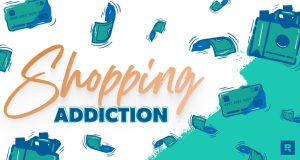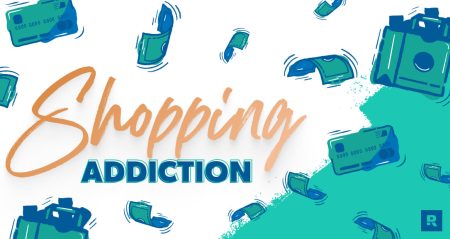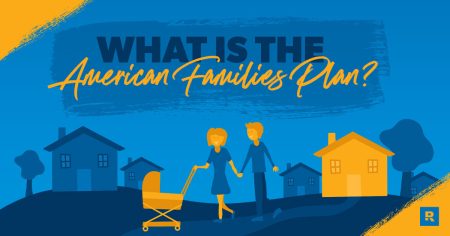Credit Sesame’s personal finance news roundup May 25, 2024. Stories, news, politics and events impacting personal finance during the past week.
Late payments ease for another month
TransUnion’s April 2024 Credit Industry Snapshot found that delinquency rates fell for auto loans, credit cards, mortgages and personal loans. This was the second month in a row in which delinquency rates eased. However, delinquencies are up over the past year for all credit products except personal loans. Average balances for credit card accounts and mortgages increased but decreased for personal loans. See report at TransUnion.com.
Home sales weaken for a second consecutive month
Existing home sales fell by 2.1% in April 2024 to a seasonally adjusted annual pace of 4,140,000 homes. This follows a previous decline in sales in March 2024. Existing home sales have now declined by 1.9% over the past 12 months. Despite falling sales volume, the median price of home sales rose to $407,600 in April 2024. This may be the result of sales volume growth at the higher end of the market rather than representing price growth across the board. See details at NAR.Realtor.
Government orders BNPL providers to follow credit card rules
The Consumer Financial Protection Bureau (CFPB) has determined that providers of Buy Now Pay Later (BNPL) loans must follow the same regulations as credit card issuers under the Truth in Lending Act. This means BNPL lenders must investigate consumer disputes and pause payment requirements while the investigation is pending. They also must credit refunds to customers’ accounts when merchandise is returned. Finally, BNPL issuers must also provide customers with periodic statements. See the news release at ConsumerFinance.gov.
FDIC says US banking system is healthy despite troubles
The Federal Deposit Insurance Corporation (FDIC) released its 2024 Risk Review of the US banking system. The report found that overall banking conditions as of the end of 2023 were good, despite bank failures earlier in the year. 1.1% of banks were identified as “problem banks.” That percentage is at the low end of the typical range. Big-picture risks include interest rates remaining high and declining deposits. Specific business areas of concern were commercial real estate and consumer loans, both of which showed deteriorating credit quality. The report also noted the operational risk of fraud and ransomware attacks on banks and said growing geopolitical tensions increase the risk of cyber-attacks. See report at FDIC.gov.
Mastercard program to use AI to prevent fraud before it happens
Mastercard announced it is rolling out new software that uses artificial intelligence to predict which credit cards may have been compromised before thieves get a chance to use them. Credit card information is often stolen when the cards are used at outlets fitted with illegal skimmers or where someone is manually recording the information. Mastercard’s new software looks at patterns of where compromised credit cards have been used. It then looks at other credit cards with similar usage patterns to determine if they are at risk. Mastercard hopes to issue replacement cards before newly-compromised card information can be used. See article at AP.com.
Uptick in mortgage applications reflects refinancing activity
Mortgage applications rose by 1.9% last week on a seasonally adjusted basis. Behind the overall rise were divergent trends in refinancing and purchases. Applications for refinance loans were up 7% for the week and 21% over the past year. Meanwhile, purchase mortgage applications declined by 1% last week and were 11% lower than a year earlier. The rise in refinancing activity comes despite the fact that mortgage rates are more than half a percent higher than they were a year ago. See mortgage activity details at MBA.org.
Mortgage rates fall below 7%
30-year mortgage rates fell for a third straight week. They declined by 0.08% to reach 6.94%. Over the three weeks of declines, mortgage rates have fallen by a total of 0.28%. However, mortgage rates are still 0.33% higher than they were when at the beginning of 2024. See rate data at FreddieMac.com.
Experience with credit card debt depends on income
A new analysis by the Federal Reserve Bank of St. Louis shows how the impact of credit card debt varies with income. While 51% of American households have credit card debt, this number is above 60% in the seventh decile. Deciles are 10% increments of the population ranked by earnings, with the first decile being the lowest earners and the tenth decile being the highest. The lowest earners and highest earners are the least likely to have credit card debt. The percentage of households with credit card debt is below 30% for each. However, for those low earners who do have credit card debt, it represents 90% of their monthly income. That’s the highest burden of any income group. See analysis at StLouisFed.org.
Weekly news headlines from Credit Sesame
Read the full article here
















